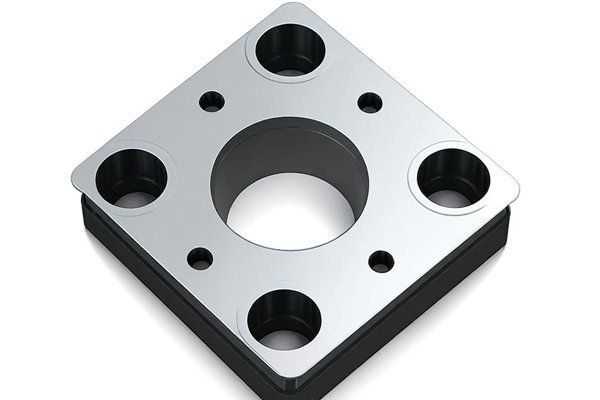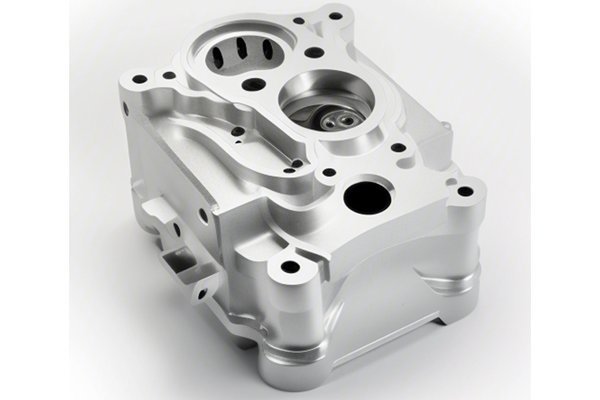Did you know that 316L stainless steel is one of the most commonly used materials in high-corrosion environments? With applications ranging from marine engineering to medical devices, its versatility is unquestionable. However, when it comes to machining, its unique properties present both opportunities and challenges. A critical factor in the successful CNC cutting of 316L stainless steel is the friction coefficient—a seemingly simple term that can drastically impact machining performance, tool wear, and product quality.
In this article, we will explore the intricacies of how the friction coefficient affects the cutting process during CNC machining of 316L stainless steel. We’ll discuss its implications on tooling, feed rates, surface finish, and overall efficiency. By understanding these dynamics, manufacturers can make informed decisions that enhance production and optimize resources.
The Basics: What is the Friction Coefficient?
The friction coefficient is a dimensionless value that represents the ratio of the force of friction between two bodies to the force pressing them together. In the context of CNC machining, it encompasses two main types: static friction (the resistance to start moving) and dynamic friction (the resistance encountered during motion).
Importance in Machining
The friction coefficient directly influences several key aspects:
Understanding how these factors interplay in the CNC machining process offers an avenue for optimizing the cutting performance of 316L stainless steel.
The Characteristics of 316L Stainless Steel
Composition and Properties
316L stainless steel is an austenitic alloy known for its low carbon content, which enhances its resistance to corrosion while minimizing carbide precipitation during welding. Key properties include:
These properties are essential in determining the friction behavior during machining processes.
Challenges in Machining
Despite its advantages, 316L stainless steel poses specific challenges during CNC machining, such as:
Understanding these challenges in the context of friction coefficients sets the foundation for formulating solutions.
How the Friction Coefficient Affects CNC Machining of 316L Stainless Steel
A critical step in CNC machining is choosing the right cutting tool. The tool material needs to withstand high friction and maintain hardness at elevated temperatures.
Recommendations:
Friction Effects:

Selecting optimal cutting parameters is essential to mitigate the effects of the friction coefficient. Key parameters include cutting speed, feed rate, and depth of cut.
Recommendations:
The role of coolant cannot be overstated. Cooling fluids reduce friction and thermal buildup during the cutting process.
Recommendations:
The geometry of the cutting tool significantly affects the friction coefficients experienced during machining.
Recommendations:
Adopting advanced technology can aid in minimizing the impact of friction during CNC machining.
Recommendations:
Summary of Key Techniques
The friction coefficient is a crucial factor in CNC machining processes, particularly when working with challenging materials like 316L stainless steel. By understanding the relationship between friction and machining performance, manufacturers can optimize their processes, minimize tool wear, and achieve superior surface finishes.
In essence, a low friction coefficient can be the difference between a successful machining operation and one fraught with delays and increased costs. As industries move towards more sustainable practices, optimizing CNC processes not only enhances performance but is also essential for reducing material waste and resource consumption.
In summary, consider this blog a valuable resource for any CNC machinist or manufacturer looking to improve efficiency and product quality. The real-world implications of managing the friction coefficient cannot be underestimated—it is not just about cutting materials; it’s about cutting costs, improving efficiency, and maintaining a competitive edge in a rapidly evolving industry. So next time you engage in CNC machining, remember: controlling friction can lead you to greater success in the world of precision engineering.






